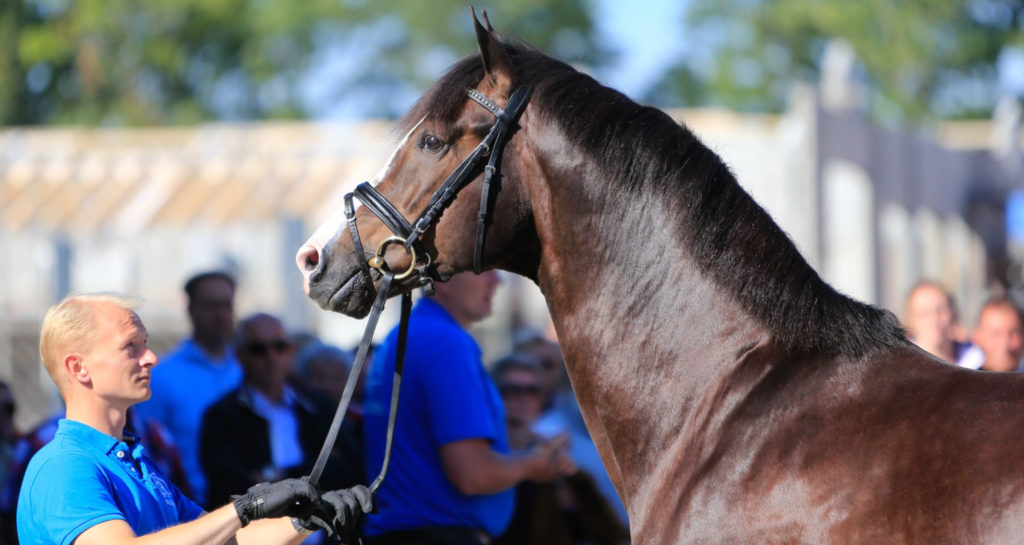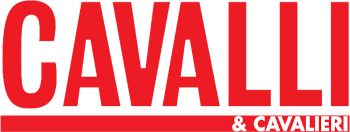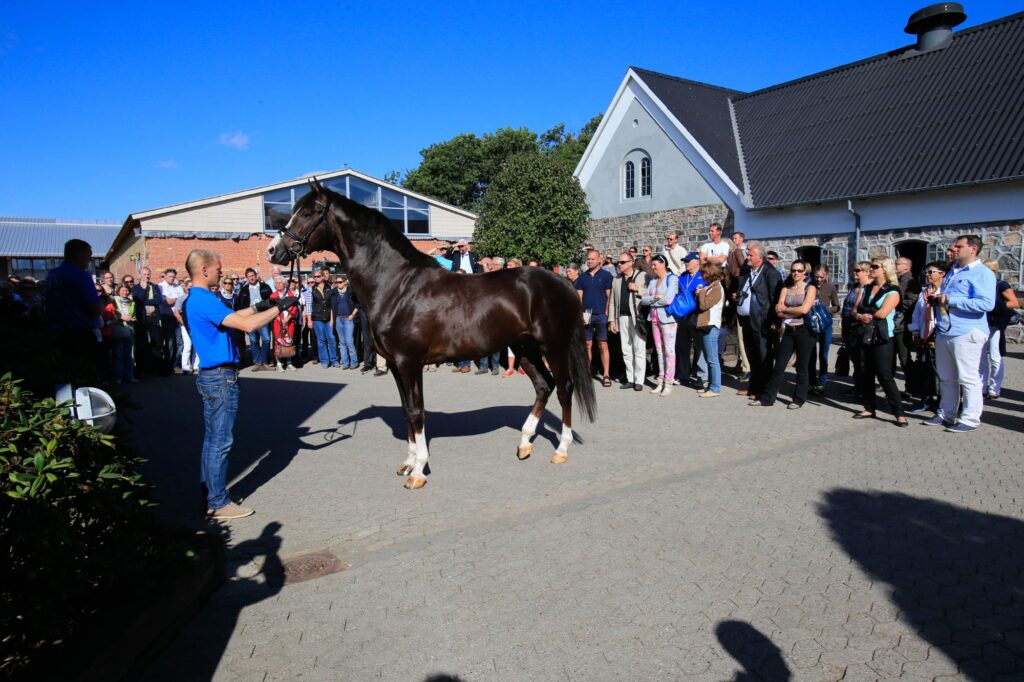There are approximately 700 muscles in a horse’s body…
Prof.ssa Emanuela Valle
Dip. Scienze Veterinarie – Università di Torino
Horses’ bodies is naturally very muscular.
Their extraordinary musculature is the result of centuries of genetic changes, which have refined characteristics such as speed, endurance and strength. Each equestrian discipline has led to the formation of breeds with different muscular characteristics: for example, thoroughbred racehorses have muscle fibres that allow rapid contractions and fast movements, while endurance horses have muscle fibres that allow them to endure long training sessions, so they are able to cover long distances.
In between, we have show jumping horses that have their own characteristics which allow them to develop strength and power over the jump.
The muscles of the horse can be divided into different body areas, each with a specific function that controls movement and stability:
Neck is the pillar of balance: its muscles allow the horse to move his head and neck with precision. A correctly muscled neck helps maintain balance, but also contributes to a correct attitude, essential elements in the sport horse.
Back is the column of control: the dorsal muscles play a central role in the stability of the trunk and act as a real transmission shaft, transferring the forward movement from the back end to the front.
A strong and elastic back is essential to ensure a smooth movement and a good support function, thanks to the core.
Front and back end are the guide and engine of the forward movement: the main muscles of the hindquarters including gluteus maximus, semitendinosus, semimembranosus, biceps femoris, provide the power necessary not only to support the movement at the different paces, but also to allow the horse to accelerate, jump and push effectively.
The main muscles of the front part of the body coordinate the movements of the front legs, ensuring correct direction, quality of the strides, precision when jumping and agility.
How is a horse’s musculature built?
The horse’s muscular structure is the result of three key factors: genetics, nutrition and training.
Each breed has been selected for different needs, but during gestation, decisive foundations are laid. In fact, the number, size and type of muscle fibres are defined in the third trimester of pregnancy.
These parameters are determined in the womb and are highly sensitive to the nutritional intake. Correct nutrition of the brood mare in this phase is therefore crucial to ensure optimal development of the foal.
During the years of growth and education of the young horse, targeted training is what shapes the muscles: specific exercises can strengthen the different muscle groups, improving performance, balance and resistance.
Nutrition also plays a key role in muscle development, especially in sports horses. Proteins provide essential amino acids, which are essential for growth, recovery and performance.
Horses naturally produce some amino acids (non-essential), but others, such as lysine, methionine, threonine and tryptophan, must be obtained from the diet, because they cannot be synthesized.
A deficiency of these components can compromise the response to training and athletic ability in the adult horse, or growth in the foal.
Out of all of these, lysine is particularly important and in case of very intense work its estimated requirement is 0.1 g/kg of live weight, about 50 g of lysine for a 500 kg horse

When inflammation becomes degeneration
The term arthritis refers to any inflammatory condition that affects a joint. It can have different origins: traumatic, caused by infections (more common in foals) or linked to developmental pathologies, such as osteochondritis dissecans (OCD).
Arthritis usually manifests itself with the classic signs of inflammation: swelling, increased local temperature and pain, which can result in lameness or stiffness of movement. If not treated properly, inflammation can lead to chronic changes in the joint, leading to a degenerative condition known as osteoarthritis.
Osteoarthritis is a chronic and progressive joint disease characterized by cartilage degeneration, persistent inflammation and structural changes in the joint. It can be the direct consequence of acute, unresolved arthritis that then causes pain and lameness, significantly compromising the horse’s mobility and quality of life. Your vet, through diagnostic tests such as x-rays, can identify typical signs of joint degeneration, such as: narrowing of the joint space, remodelling of the subchondral bone and formation of osteophytes (a type of bony growth).
Prompt intervention, combined with proper management of physical activity and – when necessary – the use of supplements or pharmacological treatments, can help the slowing down of the degenerative process and improve the comfort of the horse.
Percentages and numbers
40%: this is the percentage of muscle mass in the body of an average horse. In horses in intense training, the percentage can rise and reach 50-55%.
700: this is approximately the number of muscles that make up a horse’s body and that work in perfect synchrony. Everything is controlled by muscles. Even emotions are the result of specific contractions of the facial muscles.
Supplements
In horse supplements formulated for muscle support, in addition to amino acids, vitamins and minerals, we often find plant extracts with nutraceutical properties. Among these, spirulina is one of the most used.
This microalgae contains up to 70% of proteins, with an amino acid profile rich in essential amino acids, including leucine, isoleucine and valine (the well-known BCAAs, essential for muscle synthesis and post-exercise recovery).
Spirulina stands out not only for its high quality protein but also for naturally providing vitamins, minerals and antioxidants.
Thanks to these characteristics, it can represent a valid nutritional support for horses in intense work, contributing not only to protein intake, but also to the improvement of antioxidant balance.
It should be added to the diet following the dosage indicated by the vet, depending on the chosen supplement.

